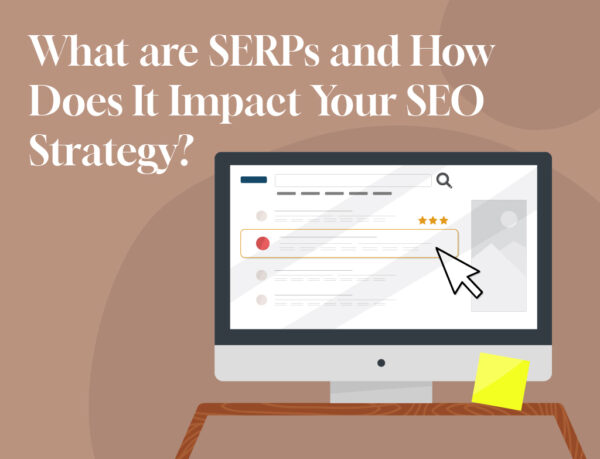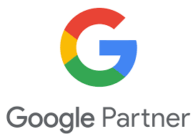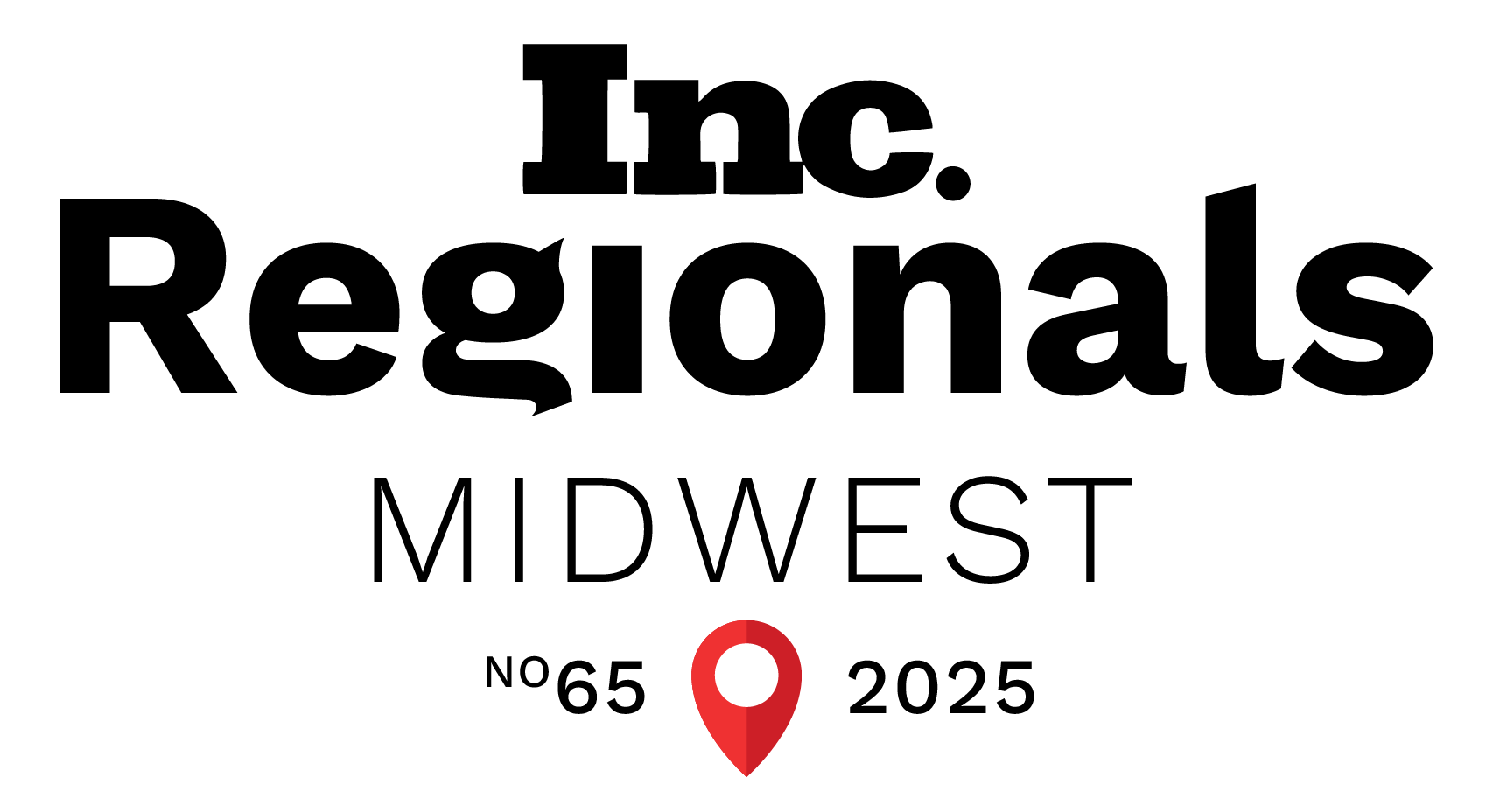The 5 Latest Updates to Google’s Search Quality Rating Guidelines

In This Article
Google recently announced its latest updates to its Search Quality Rating Guidelines and we’re here to give you the rundown about what these updates are and why they matter. There are five main updates added that affect how Google assesses the quality of your content. The entire document—called the Search Quality Raters Guidelines (QRGs)—is 172 pages, but we’re going to highlight the main components of the latest guideline updates.
What Are Search Quality Rater Guidelines, Anyway?
According to Google, the Search Quality Rater Guidelines can be summarized thusly:
“Mak[ing] sure Search is returning relevant results from the most reliable sources available.”
Google hires Search Quality Raters who set rules and guidelines that are used to assess a piece of content’s quality. These guidelines—the QRGs—are available online to anyone who wishes to access them.
It’s important to note that the list of guidelines in the QRGs are not an evaluation of search engine optimization (SEO) rankings, which are based on Google algorithms. Rather, the guidelines are actually for the Search Quality Raters to use themselves. The raters then offer feedback based on those guidelines. That feedback then provides information that is used to update the Google algorithms used during search crawls.
The entire purpose of the Search Quality Rater Guidelines is to ensure that Google finds the highest-quality information to present to its users.
High-Quality Content: What Is E-A-T?
No, E-A-T doesn’t mean what you do during a great meal! It actually stands for:
- Expertise
- Authoritativeness
- Trustworthiness
E-A-T is what determines if the information in your content is of high quality. The rater guidelines define the nuances of E-A-T and also offer parameters for content that’s of low quality—such as content with misinformation, intentional deceptiveness, or is on/from a hate website.
The Search Quality Ratings Guidelines are in place so that the Search Quality Raters can determine if the Google algorithms are functioning properly and presenting high-quality information based on the E-A-T qualifications and outlines stated in the guidebook.
Ratings themselves—as in your SEO—are not directly rated based on the guidelines the human Search Quality Raters follow. However, based on the Searchers’ feedback, Google assesses its own algorithms to find out what needs to be improved.
What Are the New Updates in the Search Quality Rater Guidelines?
As of October 2021, Google has released its latest updates. Though Google makes small improvements throughout the year, the newest updates to the search guidelines include:
- The definition of “Groups of People” has changed as a subcategory of YMYL
- An updated guide on how to research a website’s reputation, information, and content creators
- ‘Lowest Page Quality’ has been updated and reorganized and new structures have been implemented
- ‘Upsetting-Offensive’ now has a simplified definition, removing any repetition with the Lowest Page Quality section
- Overall edits throughout the guidelines also include:
- Screenshot relevance
- URL updates
- Wording
- Consistency
- Updated examples
- Typos
These are the updates, now let’s take a look at what they mean.
1. YMYL Content “Groups of People”
YMYL stands for “Your Money, Your Life,” which has included attributes such as:
- Race
- Ethnicity
- Sexuality
- Gender
- Gender identity
- Religion
- Age
- Disability status
- Veteran status
Google has now expanded YMYL into further categories, including:
- Caste
- Victims of a major violent event and their kin
- Characteristics associated with marginalization
- Characteristics associated with systemic discrimination
- Gender identity and expression
- Immigration status
Google is further expanding its degrees of identities for users, presenting information to “groups” of people.
2. Research Reputation Information
With the new update, when Google looks at the credibility of a website, it’s looking to see whether or not the writer of the article—or any content on the page—has a reputation in the field that they are writing about. This method ensures the content can be trusted.
Google’s search for reputable authors can be compared to the following. Say you have a question about your pet dog. You would probably want to call a veterinarian, not a physician. Even though a physician is very knowledgeable, they probably don’t have the specialized knowledge about how to care for your pup. Therefore, you call the vet to get a more specialized answer to your question. Google does the same when looking at content. The search engine wants to give you credible information provided by people knowledgeable on the topic you are researching, not just people who are knowledgeable in general.
Google has revoked the use of Pulitzer Prize winnings as evidence of a high-quality reputation for journalistic websites.
YMYL is also a factor in reputation; Google wants its Search Raters to carefully consider if a piece of content is YMYL. This means that content needs to be written by someone with in-depth experience and/or knowledge about the topic. Expectations are high for a page to be considered a YMYL page. The creator of the page—aka the writer on the topic—needs to have some expertise on that topic. Examples of YMYL pages include information about shopping, finance, news, civics, and groups of people (demographically relevant information). Note: This is not necessarily the case for factual/medicinal information.
Even though YMYL pages are carefully evaluated, their E-A-T scores will be evaluated using different scales.
3. Updated ‘Lowest Page Quality’
Calculating Lowest Page Quality has expanded greatly when compared to the October 2020 version of the Search Quality Ratings Guidelines. Significant updates include adding to the definition of harm, hate, and misinformation presented to users.
4. Redefining ‘Upsetting-Offensive’
A big change in 2021 was Google removing the condition of ‘upsetting-offensive.’ It used to be the case that a statement was marked ‘upsetting-offensive’ even if it matched the user’s query, but that condition has now been removed and the new definition is more succinct.
5. Overall Minor Changes
Overall minor changes throughout a piece of content—from its publishing date to its grammar—will be evaluated. Language clarity and a website’s organization are also considered.
Why This Matters
Getting positive reviews from the Search Quality Ratings Guidelines is a good basis to determine how your site will perform with Google’s upcoming algorithms. Taking the time to make sure each piece of your content fits within the parameters of “high-quality” can increase your SEO in the future.
Learn More About the Search Quality Ratings Update
Want to know more about how Google evaluates your website? Reach out to us to set up a consultation to review your site. Our professional search engine optimization services can help you understand and improve your site’s performance. Give us a call at (734) 404-8714 or fill out a contact form today! We look forward to hearing from you and learning more about how you would like to improve your website’s SEO.
Must-read articles
Looking for something else?
There's so much more
Ready to Inquire?














